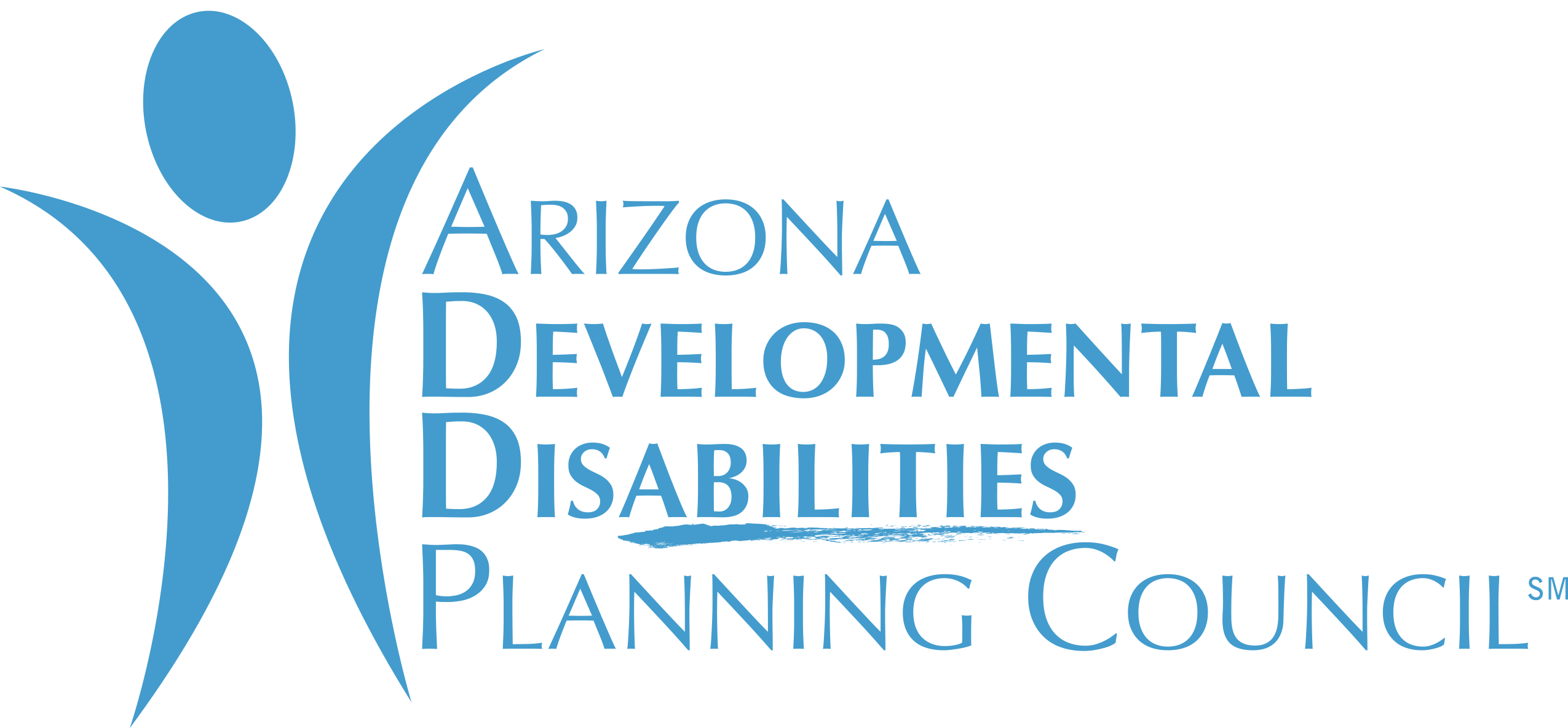Employment at the Intersection of Disability and Criminal Justice

Guest Blogger: Raylah Pillar is the Director of Site-Based Programs at The Opportunity Tree. She has a Bachelor’s degree in Social Work, a Master’s degree in Social Work with an emphasis on Policy, Administration, & Community Practice, and a graduate certificate in Disability Studies. Each day, she endeavors to center the voices of people with disabilities in conversations and decisions about their own lives. Concepts like bodily autonomy, informed consent, and disability justice are incorporated into her work to create spaces for people with IDD to engage in more comprehensive higher education, healthy relationships, personal advocacy, and collective policymaking.
The primary purpose of National Disability Employment Awareness Month, or NDEAM, is to celebrate the accomplishments, advocacy, and contributions of people with disabilities (PWD) in the workforce. But it is also important to acknowledge the barriers that negatively impact equitable employment. PWD, specifically people with intellectual and developmental disabilities (I/DD), are significantly more likely to experience difficulties with obtaining and maintaining employment.
Historically, individuals with disabilities and mental health conditions were often institutionalized and excluded from general society. The deinstitutionalization movement dramatically decreased the number of PWD housed in mental hospitals or other institutions throughout the latter half of the 20th century. While this was a victory in many ways, the lack of reinvestment in other means of supportive care and social services resulted in a sharp increase of individuals with disabilities, particularly those with mental health conditions, in jails and prisons. Additional factors, including race, socioeconomic status, and access to healthcare, contribute to the overrepresentation of incarcerated individuals who have disabilities.
According to a 2016 Survey of Prison Inmates, conducted by the U.S. Department of Justice (DOJ), “nearly 38% of state and federal prisoners had at least one disability”. In many cases, individuals with less noticeable or “invisible” disabilities, such as deaf/hard of hearing or mild delays, are not recognized as having a disability requiring support. One group with exceptionally high incarceration and recidivism rates, though, is people with cognitive disabilities. In fact, cognitive disability is the most predominantly reported amongst inmates. The Centers for Disease Control and Prevention (CDC) estimates that 11% of the U.S. population has a cognitive disability. However, according to a report by the U.S. Department of Justice, approximately 23% of federal and state prisoners have a cognitive disability.
The unemployment rates for individuals with I/DD and individuals with a history of incarceration indicate significant employment barriers for both populations. The combination of having a cognitive disability and a criminal record creates a substantial barrier to employment. Less than half of adults with intellectual disabilities are participating in the labor force, despite investment from the government to attempt to support employment initiatives. Approximately 50% of people with intellectual disabilities are not employed and have never attempted to join the workforce. Comparatively, four out of five adults without disabilities are engaged in the workforce. These concerning statistics point to systemic barriers that prevent PWD from accessing employment, including workplace bias and discrimination, insufficient funding for disability provider services, poor supervision and training, inadequate accommodations, and lack of transportation.
A variety of factors at the program level can facilitate successful employment for incarcerated people transitioning back to their communities. A 2019 report published by Harvard University describes these components based on what has demonstrated effectiveness. Authors acknowledge that reentry programs that are most tailored to the needs of incarcerated people include the following key components: training and job placement, jobs with potential for promotion, educational opportunities, and partnering with neighborhood organizations to ensure there are adequate job opportunities available when people return. A 2021 study found that incarcerated people with disabilities who accessed vocational rehabilitation services before release were most likely to utilize the services focused on employment assistance over the non-employment areas of support.
In 2017, Governor Doug Ducey established three Second Chance Centers in Arizona’s prisons to help provide job-readiness, employment rehabilitation, and reentry services to inmates approaching release. However, Arizona does not currently have any services focused on working with adults with cognitive, intellectual, and/or developmental disabilities on reentry to the workforce after incarceration. Given the number of PWD that interact with the criminal justice system, the lack of reentry services specifically designed for this demographic is a legitimate concern. Programs like the Second Chance Centers must be adequately funded and expanded to address the needs of diverse individuals, including people with I/DD and other disabilities. Establishing and strengthening tailored services for PWD with a criminal record, including education and job-related assistance, can tremendously improve reentry outcomes and can greatly improve someone’s quality of life, help reduce recidivism, and address the workforce shortage.
Employment is more than a job title – it can be a source of income that helps provide financial security, access to social relationships, and a source of self-confidence and purpose. As we wrap up National Disability Employment Awareness Month and approach Election Day on November 8th, remember that removing employment barriers for PWD and a criminal record requires more than awareness – it requires action. Please take this information with you to the polls, to your legislators, and into your workplaces. Change begins now, with each of us.
To learn more about Arizona’s upcoming election, please visit: https://azsos.gov/elections/voters/voting-elections






